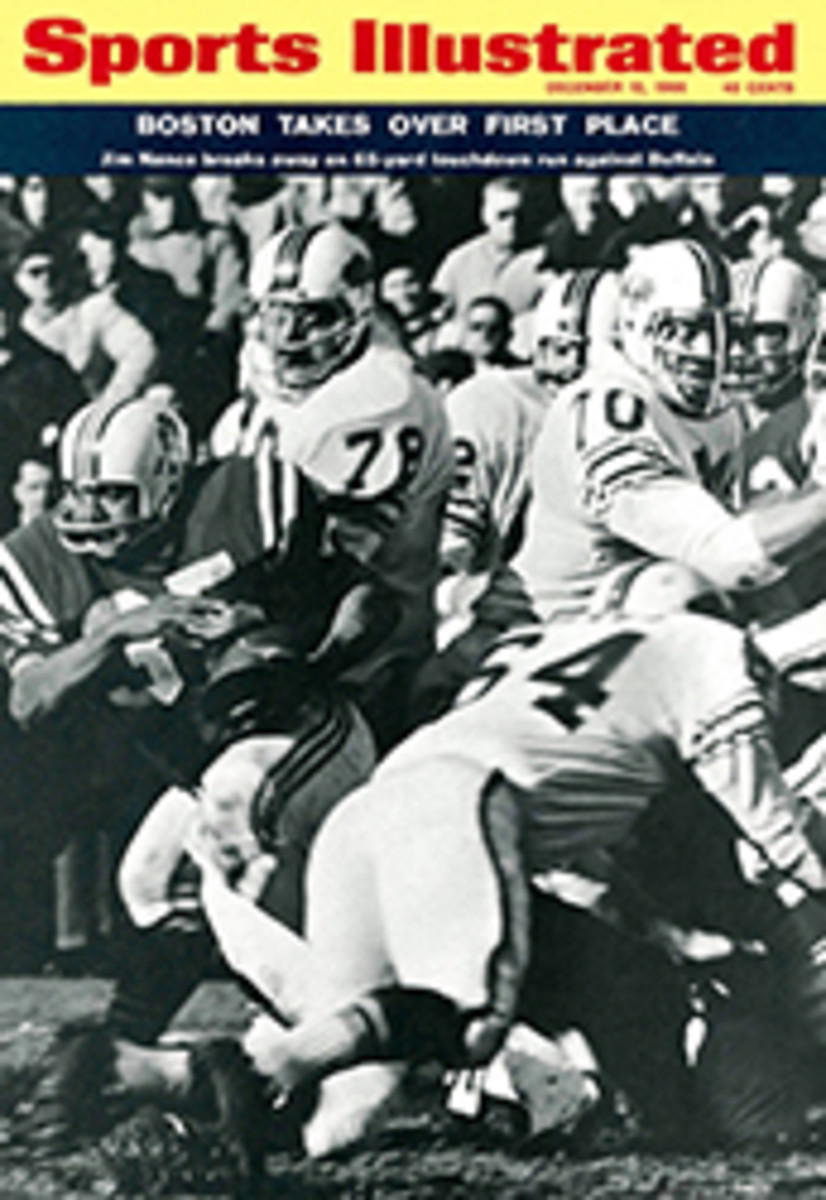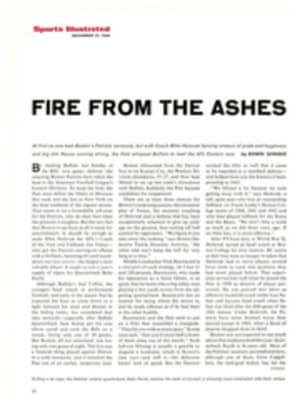
The Anchorage supplies antiques from the sea for both sailors and landlubbers
Some businesses start on a shoestring, but we couldn't afford that. We started on borrowed twine. But now we're at the point where we can buy almost anything we want, and our warehouse is something like a walled-in shipwreck."
This capsule description of an unusual Seattle store comes from Paul Beckman, one of the partners in The Anchorage, a marine antique shop that specializes in selling refurbished remnants from old ships. The store is the creation of Beckman, a Boeing engineer, and Bill Little, a onetime advertising man. The Anchorage (located at 6518 15th Avenue, N.E., Seattle) is an enticing two-floor shop. Its nautical collection contains everything from brass keys to brass cannons, grog barrels to a captain's bunk, bronze "portholes" to mahogany portals. Its visitors range from hard-core marine traditionalists (absolute purists from the age of sails) to housewives who are merely den-shopping for their husbands.
Most of the nautical knickknacks sold by The Anchorage will never be found near salt water again. A brass kerosene lantern which once swung high on a sailing mast now graces the living room of a suburban home—perhaps in the midlands of America. An ivory-inlaid sextant which once pinpointed storm centers in the Pacific decorates some inland office. Emissaries from Trader Vic, whose Polynesian-style restaurants dot the land, are regular callers. Only a few weeks ago the Northwest artist, Windsor Utley, bought an old pilothouse telephone and engine-room receiver for $225 and installed it for practical use in his huge, castle-like Vancouver Island home.
Searching for unique nautical accessories has taken the partners on wandering, divergent courses. Beckman recently spent a few weeks on New England waterfronts and stopped in at Mystic Seaport, Conn. to pore over research material. During 1965, the partners estimate, they logged more than 26,000 miles, traveling by airplane, car, truck, yacht, ferry, fishing boat and row-boat. They keep up a lively correspondence with their contacts, Mystic Seaport, the Smithsonian Institution, marine historical societies and old boat-building firms.
The partners grossed approximately $10,000 their first year, enough to escalate their dreams to a life full of travel. "We're looking for a sound old schooner hull," explains Little, "something we can restore and fit out in period style. Then we plan to load her with stuff we collect, travel from port to port, trading and selling and buying. We'll be the last of the old traders."

